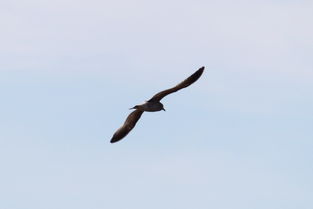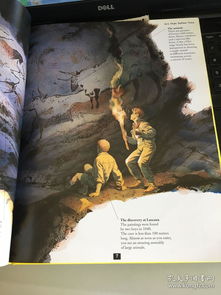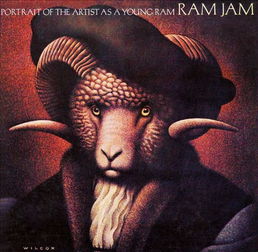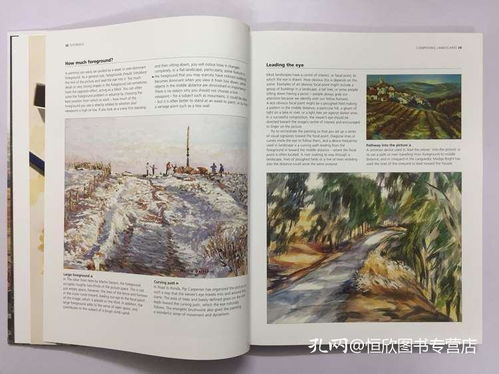Introduction:
Fishing is an age-old pastime that has been cherished by millions around the world. Whether you're a seasoned angler or a beginner looking to cast your line into the water, mastering the art of fishing can be both rewarding and enjoyable. In this article, we'll delve into the essential fishing techniques and provide you with a step-by-step guide on how to create a video tutorial that can help others learn these skills. So, let's get started!
Section 1: Basic Fishing Techniques
Choosing the Right Gear:
- Rod and Reel: Explain the different types of rods and reels suitable for various fishing environments and species.
- Line: Discuss the types of fishing line, including monofilament, fluorocarbon, and braided line, and their respective uses.
- Hooks: Introduce different hook sizes and shapes, and how to choose the right hook for the fish you're targeting.
Bait and Lures:
- Natural Bait: Show how to prepare and use natural baits like worms, insects, and fish.
- Artificial Lures: Demonstrate the use of various artificial lures, such as spinners, jigs, and crankbaits, and how to work them effectively.
Fishing Techniques:
- Still Fishing: Explain the basics of still fishing, including how to cast, set the hook, and retrieve the line.
- Trolling: Describe how to troll effectively, including choosing the right speed and depth, and how to handle the boat.
Section 2: Creating a Fishing Video Tutorial
Plan Your Video:
- Outline: Write a detailed outline of the content you want to cover in your video.
- Script: Prepare a script that will guide you through the video, ensuring you cover all the necessary points.
Gather Your Equipment:
- Camera: Use a high-quality camera or smartphone with good video capabilities.
- Microphone: A good microphone is essential for clear audio.
- Editing Software: Choose a video editing software that suits your needs, such as Adobe Premiere Pro, Final Cut Pro, or free alternatives like DaVinci Resolve or iMovie.
Shoot Your Video:
- Location: Choose a quiet location with good lighting to ensure clear visibility.
- Camera Angles: Use different camera angles to provide a comprehensive view of the fishing techniques.
- Close-ups: Capture close-ups of the fishing gear and techniques to enhance clarity.
Edit Your Video:
- Intro and Outro: Create an engaging intro and outro for your video.
- Transitions: Use smooth transitions between different parts of the video.
- Music: Add background music to make the video more engaging.
- Narration: Provide clear and concise narration to guide viewers through the tutorial.
Publish Your Video:
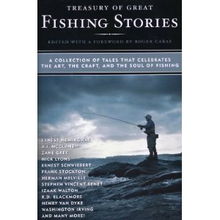
- Platform: Choose a platform to host your video, such as YouTube, Vimeo, or your own website.
- SEO: Optimize your video for search engines by using relevant keywords in the title, description, and tags.
- Share: Share your video on social media and fishing forums to reach a wider audience.
Conclusion:
Creating a fishing video tutorial can be a rewarding endeavor that not only helps you share your passion but also educates others about the art of fishing. By following these steps and focusing on the basics, you can create a comprehensive guide that will be valuable to both beginners and experienced anglers alike. Happy fishing and happy filming!



